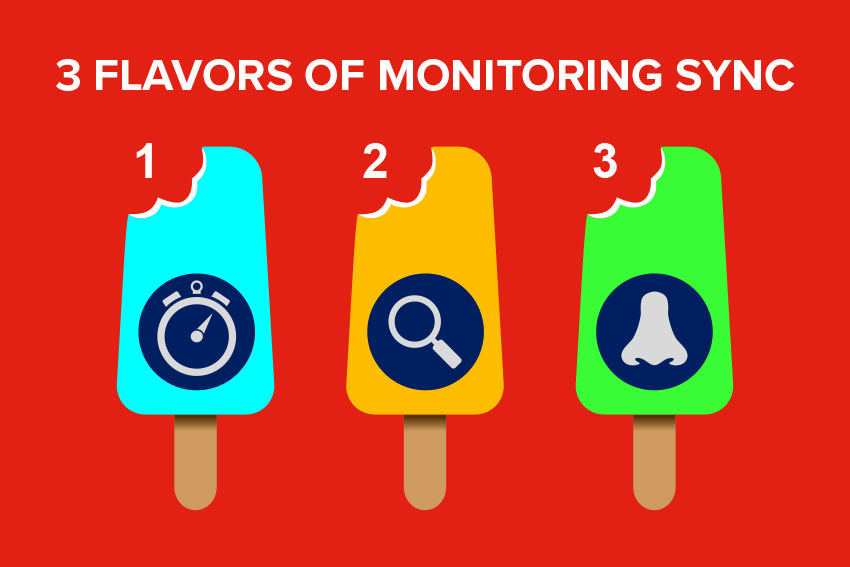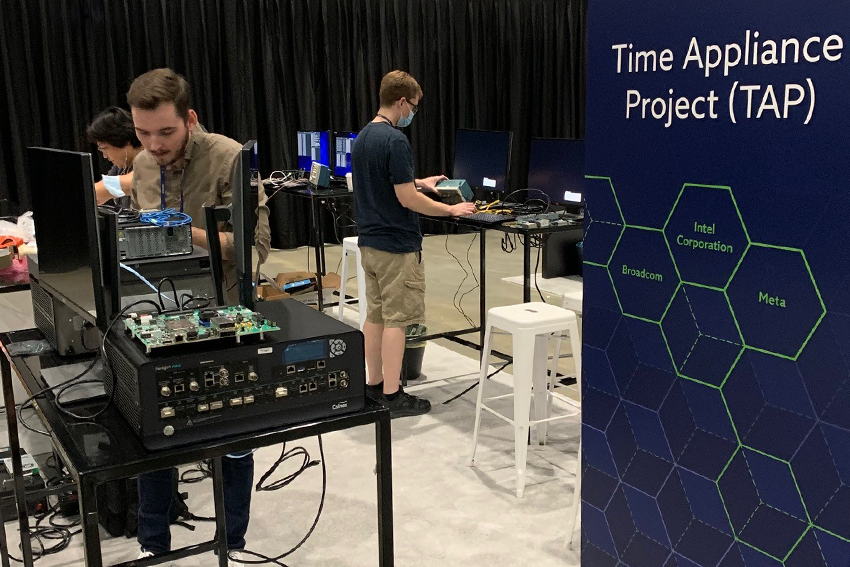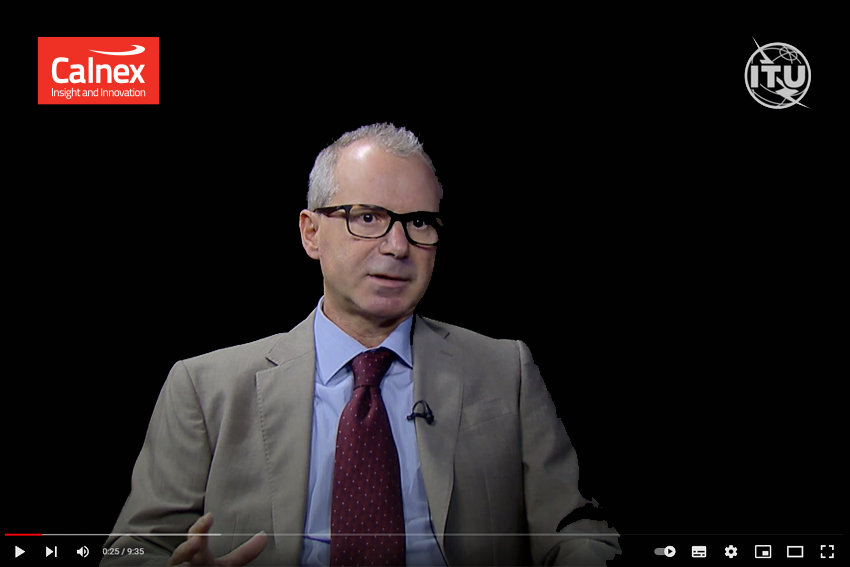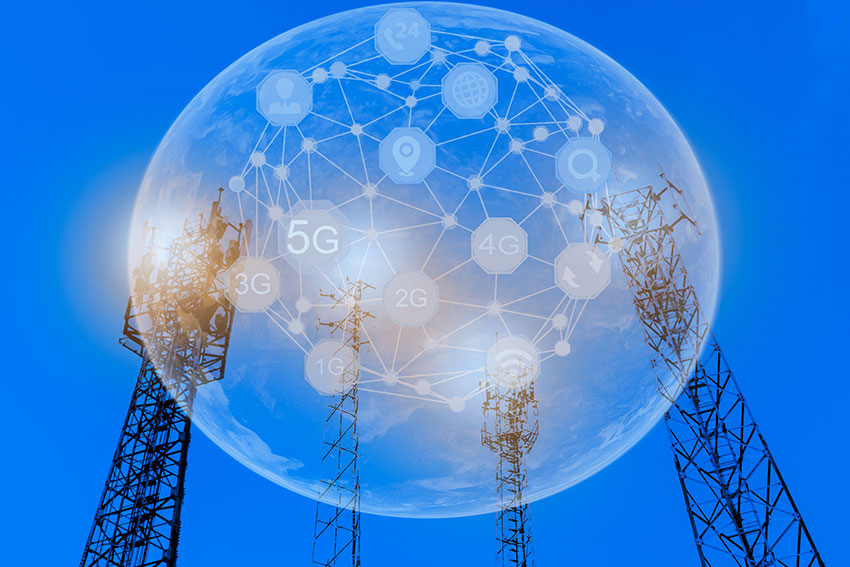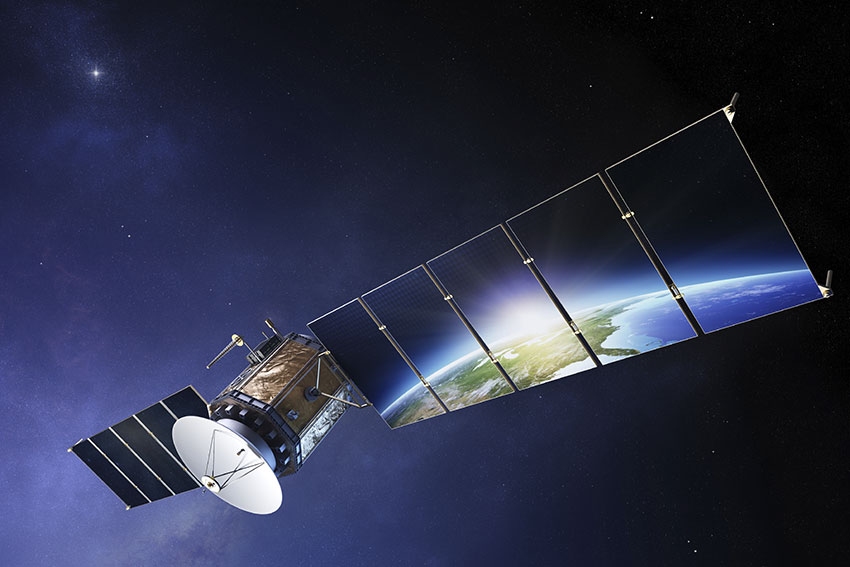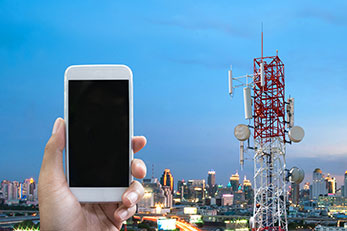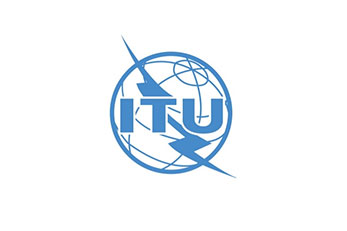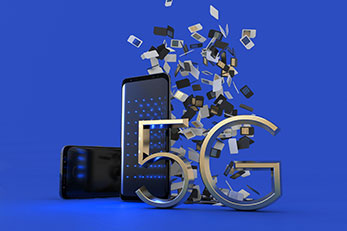Virtual Birth? About 15 years ago, I remember reading a book on the future of telecoms. At the time, the 3G mobile system was just in development, and the ultimate 3G speed was projected to be 384 kbit/s (compared to the 56kbit/s I was getting to my house). However, no-one seemed to know why we’d need that speed to our mobiles. Everyone was looking for the “killer app” that would drive adoption of this technology. In the UK, the mobile operators had just invested over £20B buying licensed spectrum for 3G, but they still didn’t know why people would use it. One of the futurologists in this book put forward video conferencing as the killer app. He then went on to cite the example of a travelling businessman (yes it did have to be a man), who was too busy to come home while his partner was giving birth to their child. This businessman could use 3G technology to be virtually present at the birth. Remember this is long before the days of Skype and Facetime. I can see two major flaws in this argument. Firstly, 384kbit/s is nowhere near enough for video conferencing, as I’m sure we’re all now aware. Secondly – well if you can’t work out what secondly is, ask a lady!
Now we have long since passed the days of 3G, 3.5G, and are into 4G and 4G advanced. We’re already talking about 5G coming soon. No-one is asking why anymore, because ever since the first iPhones and their equivalents came along, the appetite for mobile data has been insatiable. So what is 5G? According to the ITU, 5G (or what they term “IMT2020”), is data rates between 100Mbit/s and 1Gbit/s to the handset. More importantly, the connection density needs to be high, supporting up to 1 million connections per square kilometre. If this seems high, then I suggest you visit one of the larger metro stations in Tokyo and observe the vast stream of humanity entering and exiting the station at all hours of the day and night. To achieve this, the density of basestations needs to be much higher than traditional deployments, implying heavy use of small cells and so-called “front-haul” architectures.
From a synchronization perspective, front-haul architectures pose a tough set of challenges. Firstly, many of the small cells or remote radio units will be indoors, and have no access to time from GNSS. Secondly, the timing accuracy required in the front-haul network is much higher than it has been in the back-haul. This means another upgrade in network-delivered synchronization capability, and the ITU have embarked on defining the performance of a new set of clocks to meet the requirements of the 5G network. The first of these, G.8272.1 is likely to be agreed later this year, with the others to follow in 2017. Synchronization technology looks like it isn’t going out of fashion any time soon!

